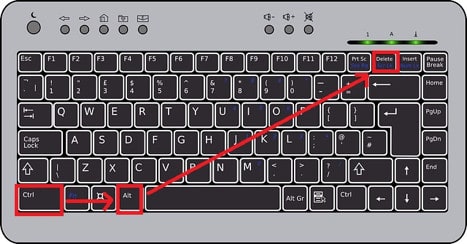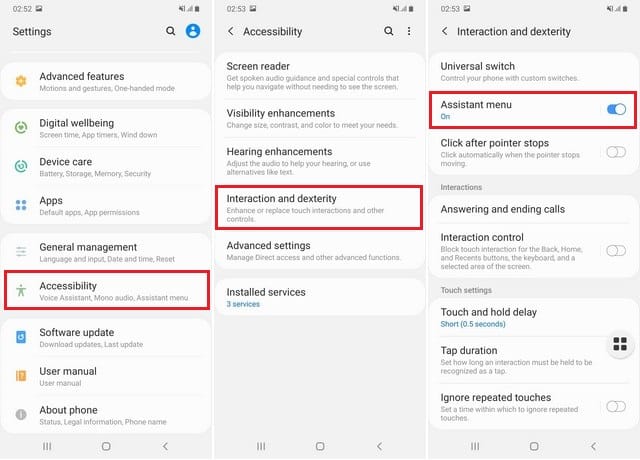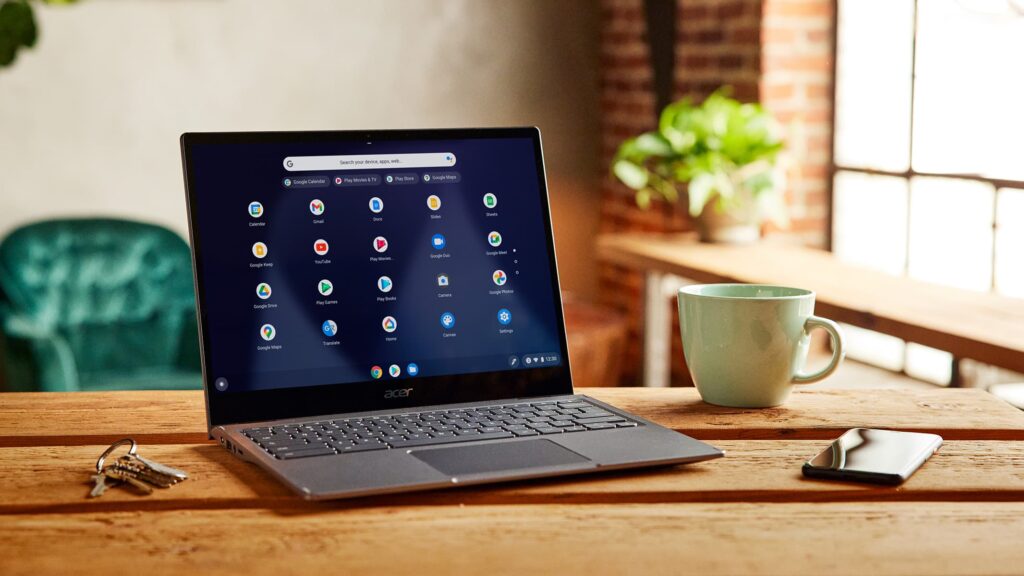We’ll walk you through the many ways to take a screenshot on Chromebook to get the photographs you require, whether you want to grab the entire screen or a small portion of the window.
If you’ve recently purchased a Chromebook, you’ve probably realized that it’s not like typical laptops. One of these distinctions is the lack of the Print Screen (PrtSc) key, which is commonly seen on Windows laptops and is used to capture screenshot on Chromebook.
Chromebooks lack a specific screenshot button. The function is instead incorporated into the Chrome operating system. However, the process remains quite simple and, in some ways, similar to taking screenshots on a Windows PC or Mac, with the exception of a few keyboard shortcut variations and other stages.
Methods for Taking a Screenshot on Chromebook
- Using the Show Windows button
- Using the Volume Down and Power buttons
- Using a stylus pen, an external keyboard, and sophisticated Chromebook software,
Making Use of the Show Windows Key
Before you use any of these methods to take screenshot on Chromebook, you should become acquainted with a specific key on the keyboard known as the Show Windows key. It’s known as the Overview key or the Windows Switcher key in some places, whereas Google refers to it as the Show all windows in Overview mode key.

Show Windows will be used in this guide. On your keyboard, this key is placed directly above the number row, between the full screen and brightness down buttons. On the right side, it resembles a little rectangle with two vertical lines. To capture a complete or partial screenshot, utilise various key combinations in conjunction with the Show Windows key.
Depending on the model and manufacturer of your Chromebook, the keys listed in the steps below may look differently on the keyboard. Press and hold the CTRL+Show Windows key to capture the entire screen. A notification window will appear in the bottom right corner of the screen, showing that the screenshot was successfully captured and stored.
To take a partial screenshot on Chromebook or choose a specific portion of your screen, press and hold the CTRL+SHIFT+Show Windows keys at the same time. The mouse cursor will temporarily change to a crosshair icon, so click and drag to highlight the region you want to capture. After you’ve selected it, let go of the trackpad to take a screenshot. A notification window will appear in the lower right corner of your screen once more, indicating that the operation was completed and the screenshot was saved.
How to Take a Screenshot of a Section of Your Screen
To record only a portion of your screen (for example, if you only want a single window to show or want to prevent sensitive information from being taken), press Shift + Ctrl + the Show Windows key. (The last key appears to be three offset rectangles placed on top of each other.) Then, with your mouse, click on the screen at the edge of the area you want to capture and drag it until the box contains all you want to record.
How to Use Advanced Screenshot Functions
Is it too difficult to memorize all of the numerous keyboard shortcuts? Then memorize this one sequence of keystrokes:
Shift + Ctrl + Display Windows
It’s the same combination as for a partial screenshot, but in the latest versions of ChromeOS, you can either click on the screen or on the icons in the menu bar that appear to begin taking a partial screenshot. You can select full-screen, partial-screen, or window-specific screenshots using these buttons. You can also start a screen recording, which will record video of your screen rather than a still image. On tablets, press and hold the power button for a few seconds before selecting Screen Capture.

Using the Volume Down and Power Buttons
If your Chromebook has a 360-degree hinge, you can snap screenshot on Chromebook in tablet mode by pressing the power and volume down buttons, much like you would on an Android smartphone or tablet. In tablet mode, the keyboard is normally inactive, therefore the Show Windows and CTRL key approach will not work. In tablet mode, press and hold down the power and volume down buttons at the same time to snap an image of the whole screen. If you want a partial screenshot, crop the complete screenshot you just took and save it. In tablet mode, there is no option for recording specific areas of the screen.
Making Use of a Stylus Pen

Some Chromebooks, such as the Pixelbook or the Samsung Chromebook Plus, include a stylus with which you can record a full or partial screenshot on Chromebook while in tablet mode, and annotate it if desired. In the bottom right corner of the screen, a tool menu will appear. From here, you may use the pen to sketch or choose a zone to capture a portion of the screen.
Using a Third-Party Keyboard
You can use an external keyboard with your Chromebook, or you may utilise a Chrome-powered desktop (Chromebox) to take screenshot on Chromebook. External keyboards do not always use Chrome’s dedicated button row, but their function keys do the same role. On typical function keyboards, for example, the F5 button acts as the Show Windows key, thus you’ll use CTRL+F5 to take a complete screenshot and CTRL+SHIFT+F5 to take a partial screenshot.
On a Chromebook, where does the screenshot save?
Screenshot image files are saved locally on your Chromebook in the Downloads folder and are sorted by the date and time they were captured. However, they will not be available on Google Drive, so you must manually relocate the files. To find a specific screenshot, open the Files app by clicking the folder icon on the Chrome OS shelf. Select Downloads from the left menu pane and look for your screenshot on the right side of the Files interface.
How to Use the Native Image Viewer to Edit Screenshots
You may use the built-in image viewer editor to do more with your screenshots before utilising them or sharing them with others. Double-click the screenshot in Downloads to open it in the Image Viewer editor. To enter edit mode, click the pen icon in the lower right corner of the window. At the bottom of this window, you’ll find tools for cropping, rotating, and adjusting brightness. Because Image Viewer does not allow you to save copies of your alterations, click the pen icon again to finalise your changes.
Utilize Advanced Chromebook Apps
There are numerous Chromebook extensions and apps available for taking screenshots on a Chromebook that provide more capability than the built-in ways listed above. Here are a handful of the top Chromebook apps for enhancing your screenshot-taking capabilities.
FireShot
This is a free plugin that allows you to take full or partial screenshot on Chromebook (including web pages), modify and save them in numerous formats, and send them directly to Gmail or OneNote.
SuperChrome
This add-on makes it easier and faster to capture full-screen screenshots of online pages. It includes capabilities for screenshotting full webpages, as well as editing, sharing, and conversion options in a variety of formats, including PDF conversion.
Fantastic Screenshot
With this extension, you can select to screenshot on Chromebook, screencast (screen record), or take a video whenever you wish. It allows annotations and blurring, as well as other screenshot-related features.
Lightshot
This is a simple tool for taking screenshot on Chromebook of any portion of your website. Drag and drop the image to any region of your screen, alter it in place, and then save it to your Chromebook or send it to the cloud.
